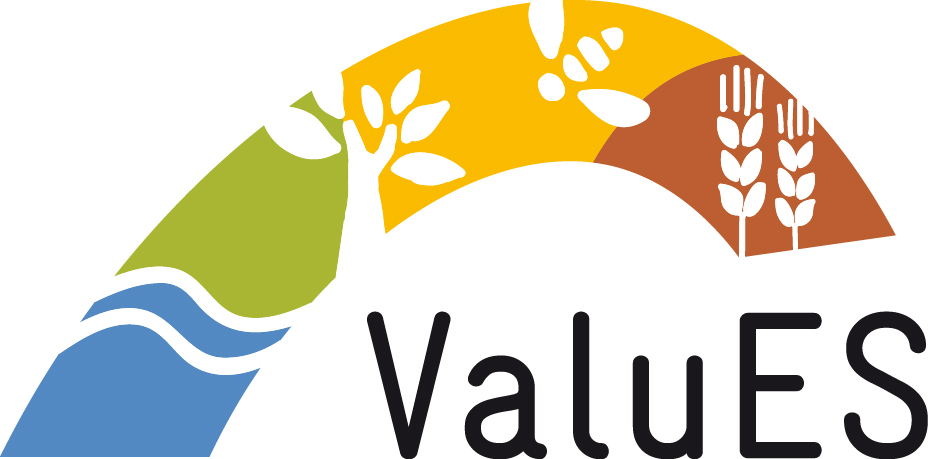Policy support tool
Participatory Mapping

Participatory mapping is a group of tools to jointly develop maps based on local knowledge and perception, in order to improve capabilities of communities and people to use this knowledge.
Aim of the resource
Contrary to other mapping tools, participatory mapping does not primarily draw on statistics or research data, but on the practical knowledge of people. Participatory mapping visualizes local knowledge and the tools can be useful to evaluate how specific ecosystems are perceived and used by local people and who uses them in which way. On this basis, it is possible to bring together perspectives and interests of different stakeholders and engage communities.
Is the resource freely available?
No
Do you want to add more details?
No
Assessment of effectiveness of the tool or instrument
See Participatory mapping - Method Profile (down below in "links").